If you’re a fan of free preschool printables, you’re going to love these printable nursery rhymes. They’re a great way to support and extend your preschoolers’ understanding of nursery rhymes.
The preschool nursery rhymes printable can be compiled into a journal focused on the well-loved poems. That way, the children can have them all in one place. And, at the end of the year, the kids will have a little booklet of nursery rhymes to take home.
Be sure to get your copy of the printable rhymes at the very bottom of the post. I delve into how to use the nursery rhyme journal pages with your students below.
Related: Twinkle, Twinkle, Little Star Printable Sequencing Cards
When I taught kindergarten, I loved using poetry journals with the kiddos. In that vein, I’ve put together a super simple journal that focuses on preschool nursery rhymes. There’s a printable version below, so feel free to print one out for your children or students.
Printable Nursery Rhymes
The journal I created is very simple. It has a cover page, followed by ten common nursery rhymes. Each rhyme has its own page, with the rhyme printed at the top and blank space at the bottom. You can definitely add to the nursery rhyme journal if you teach additional poems to your students!
How to Assemble the Nursery Rhyme Pages
Here are a few ways to assemble the journal:
- Print the pages out and staple them together.
- Print the journal pages. Mount the front cover on a piece of construction paper. Laminate the front cover, along with a blank piece of construction paper to act as the back cover. Bind the journals together, or hole-punch and attach to binder rings.
- Print the journal and hole-punch all of the pages. Place inside a pocket folder with brads.
How to Use the Printable Nursery Rhymes with Kids
While the journal could be used on its own, I’d suggest using it in conjunction with other activities. This way, the children get a lot of exposure and experience with each nursery rhyme. Ideally, the children could explore one nursery rhyme each week, culminating in adding that rhyme to their journal! Below are my suggestions:
1. First, introduce the nursery rhyme. “I’ve got a fun nursery rhyme that you might know! It’s called Mary Had a Little Lamb.” Have the children say it with you if most of them already know the rhyme. If not, have them be your “echo” – you say one line, they echo you (back and forth until the rhyme is over).
2. Write the nursery rhyme out on sentence strips and add it to a pocket chart. Alternatively, write it on a large piece of chart paper to display. Point to the words and say the rhyme at different points throughout the day.
3. Write the words of the rhyme on individual sentence strips or paper. Have the kiddos match the words on the paper to the words on the pocket chart.
4. Add the kids’ names to the nursery rhymes if at all possible. This makes it even sillier and even more fun for the children. For example, instead of “Mary had a little lamb . . .” it could be “Jeremy had a little lamb . . .” If possible, cover the word in the pocket chart with the child’s name before saying the “new” version!
5. Bring in another fun nursery rhyme activity related to the specific poem being worked on that week. Here are some ideas:
- Twinkle, Twinkle Little Star activity
- Printable nursery rhyme stick labels
- Nursery rhyme letter writing
- Itsy Bitsy Spider cutting practice
- Jack Be Nimble candle craft
6. Have the children illustrate the rhyme in their nursery rhyme journal. Read/say the poem together, review what it’s about, and then encourage the children to draw their own pictures. Be sure to stress that the pictures they draw should match the nursery rhyme on the paper.
7. Leave the nursery rhyme journals out where the kids can access them on a daily basis. This way, they can go back through and say the poems over and over again. Their illustrations should be helpful in reminding pre-readers which nursery rhyme is on each page.
Would your children enjoy this printable nursery rhymes journal? Do they have any favorite nursery rhymes at the moment? Grab the free printable at the bottom of this post.
More Nursery Rhyme Activities
Be sure to hop over and check out these other ideas for teaching nursery rhymes:
- Pat-A-Cake Printable
- The Three Little Kittens Rhyming Mittens
- Frog Sensory Bag
- Gingerbread Many Rhyme and Candy House Craft
- Row Row Row Your Boat Printable
- Cow Jumped Over the Moon Craft
- I Wish I May I Wish I Might – Star Headband
- Muffin Man Nursery Rhyme Activities
Supplemental Materials to Teach Rhyming
I typically like to create materials like picture cards, word cards, or even gather objects from the classroom to help teach the students rhyming. But sometimes we don’t have the time to create and/or gather supplies. In those cases, the easiest thing to do is purchase pre-made items.
Here are some supplemental materials that I like to use to teach rhyming.
I may get commissions for purchases made through links in this post.
Like I said, I do tend to prefer finding objects, pictures, or cards around the classroom to teach rhyming to my students. but this list is full of some great things that can be used in a pinch!
Done-for-You Preschool Resources
Planning meaningful lessons for students week after week, all while balancing other teaching responsibilities and a personal life, can be a daunting task. That’s where Preschool Teacher 101 comes in to save you time!
Preschool Teacher 101 is excited to share with you some amazing lesson plans, activity packs, and much more! We offer a wide variety of themes that are frequently used in preschool classrooms, as well as some less common (but super interesting) themes. Click on the images below to learn more about both our nursery rhyme bundle and our individual nursery rhyme lesson plan offerings!
Here are even more nursery rhyme lesson plans for preschool! Click on each image to get your own:
Join the waiting list for The Pack from Preschool Teacher 101 today for exclusive access to our amazing products. And we even have different membership options to suit your needs!
Free Printable Nursery Rhymes Journal
This free printable nursery rhymes journal is available to members of Fun-A-Day’s free email community. If you’re a member, fill out the form below and the download links will be sent to your inbox. If you’re not a member, you can join us by entering your information in the form. Then you’ll receive the printable as a welcome gift!
You can also access the form in a new tab.
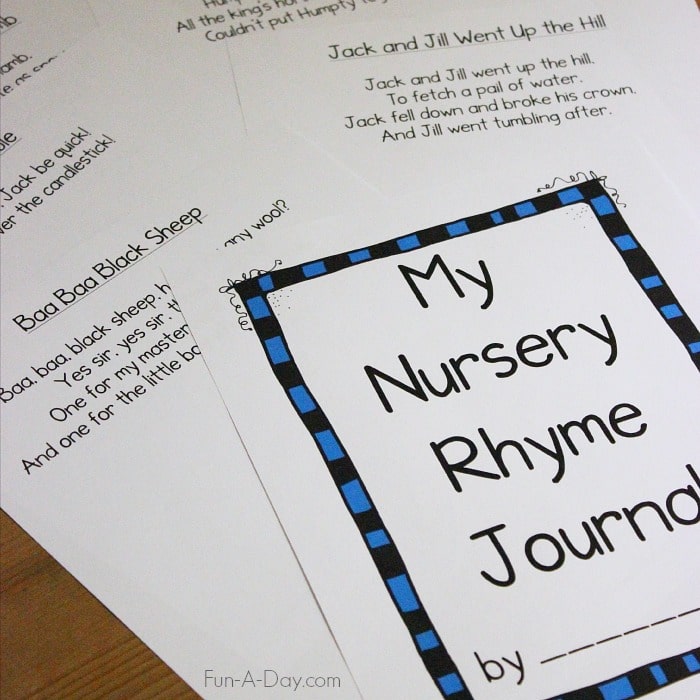
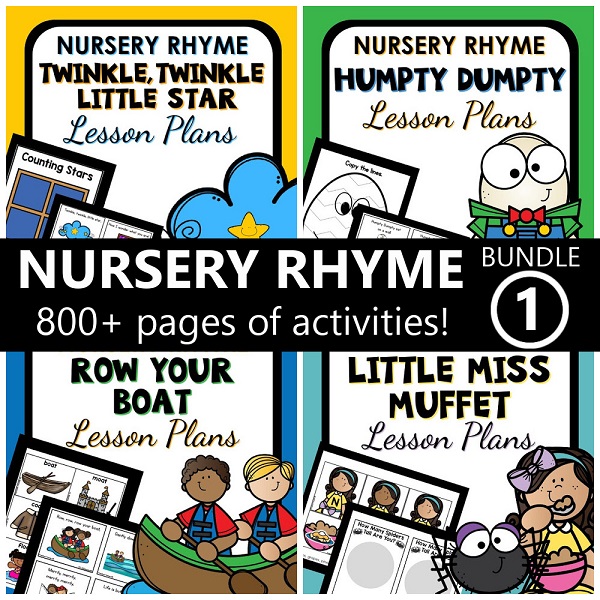
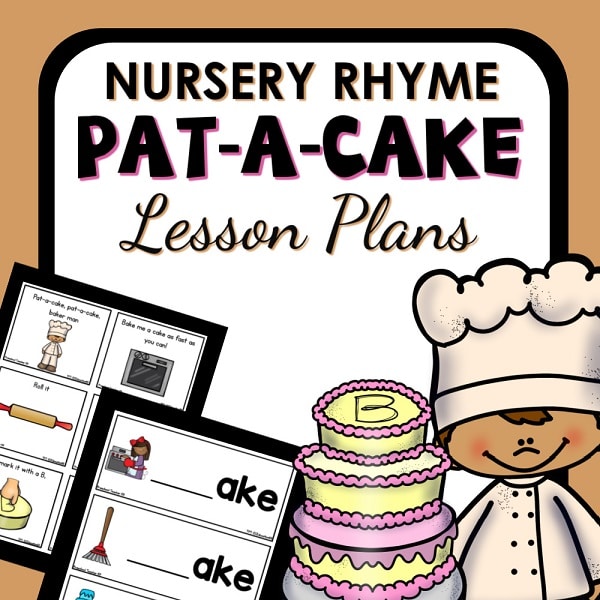
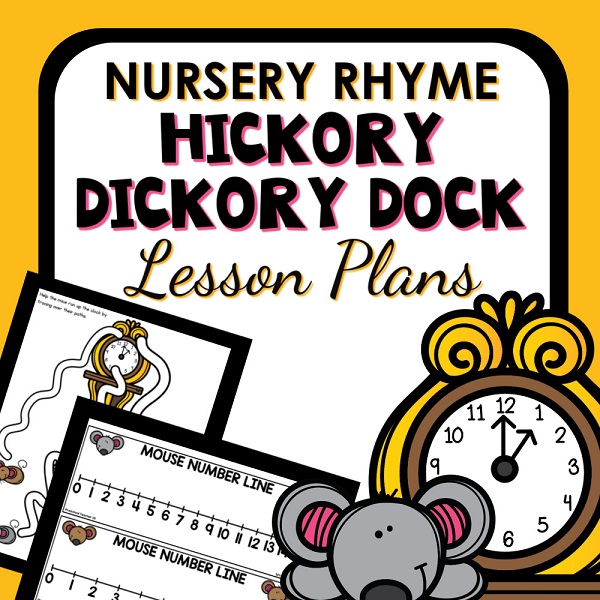
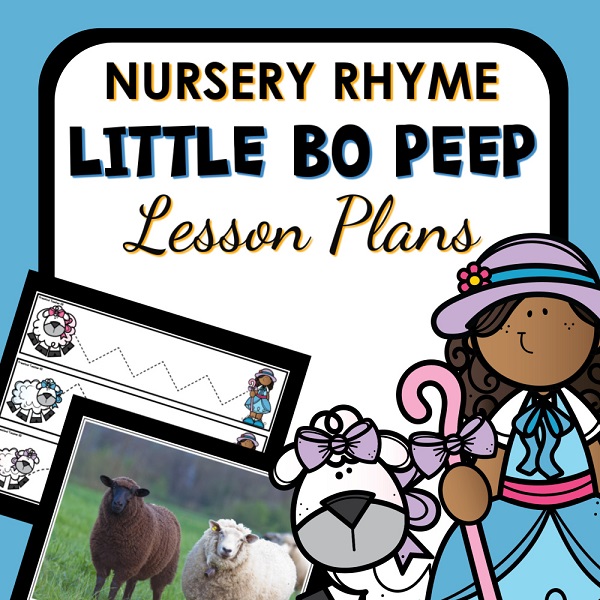
Oh, this is perfect for my kids to do together! Thank you!
I love the idea of the journal and using the kids’ name to make it even sillier.
I love your nursery rhyme journal. We will have to print it out and give it a try! Thank you.